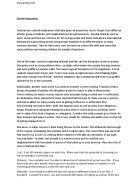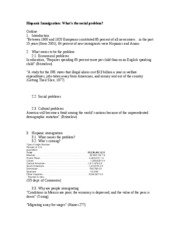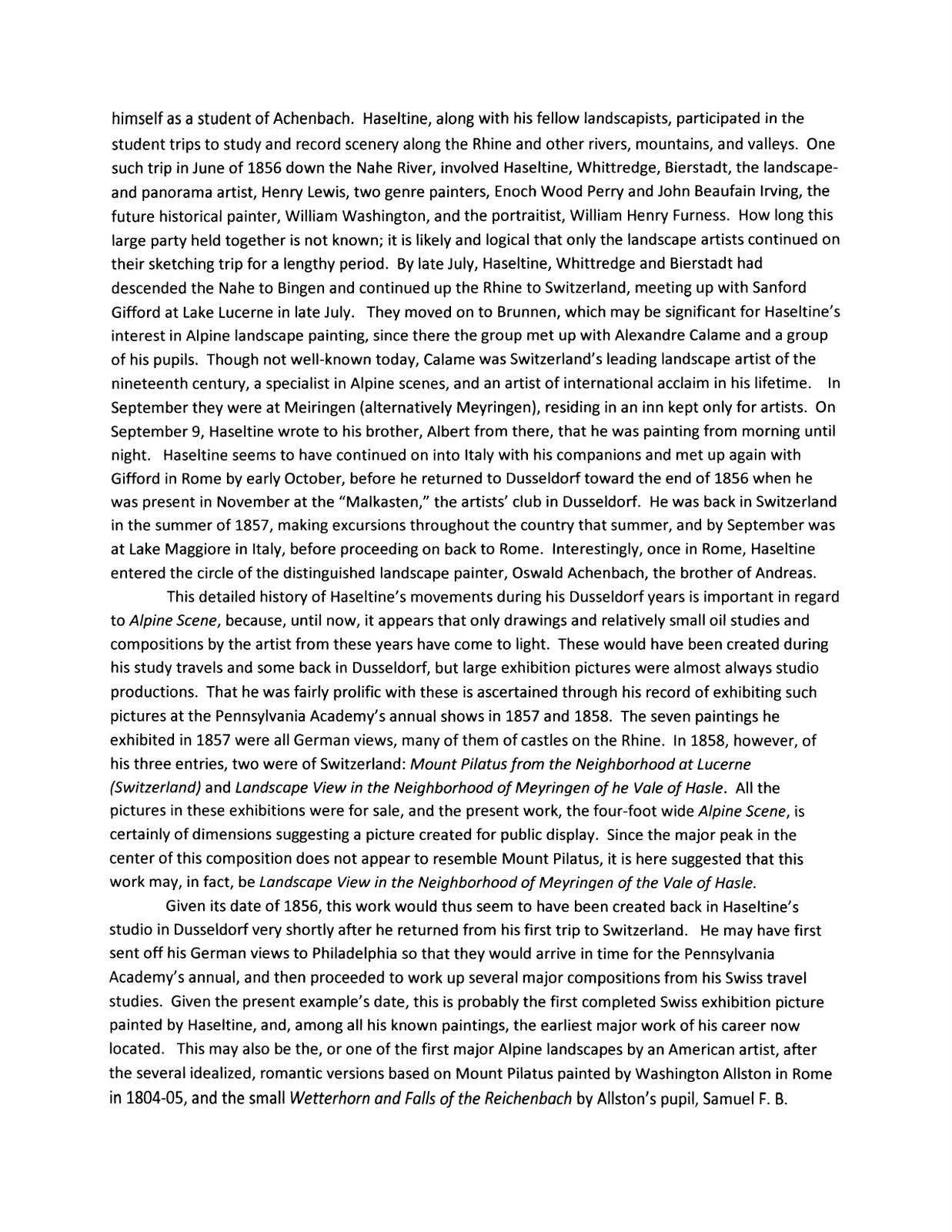Major Depression Facts - Clinical Depression.co.uk.
Major depressive disorder (MDD), also known simply as depression, is a mental disorder characterized by at least two weeks of low mood that is present across most situations. It is often accompanied by low self-esteem, loss of interest in normally enjoyable activities, low energy, and pain without a clear cause.Major Depressive Disorder Major depressive disorder is the most commonly diagnosed and most severe form of depression often caused by a severe psychosocial stressor, such as ending a relationship.Depressive disorders are characterized by persistent feelings of sadness and worthlessness and a lack of desire to engage in formerly pleasurable activities. Depression is not a passing blue mood.
Major depression is the No.1 psychological disorder in the western world.(1) It is growing in all age groups, in virtually every community, and the growth is seen most in the young, especially teens. At the rate of increase, it will be the 2nd most disabling condition in the world by 2020, behind heart disease.The major forms of affective disorder with which this chapter is concerned, namely, major depression, bipolar disorders, and dysthymia, have been well studied epidemiologically on an international.

Major Depressive Episode: F Five (or more) of the following symptoms have been present during the same 2-week period and represent a change from previous functioning; at least one of the symptoms is either (1) depressed mood or (2) loss of interest or pleasure.












